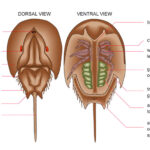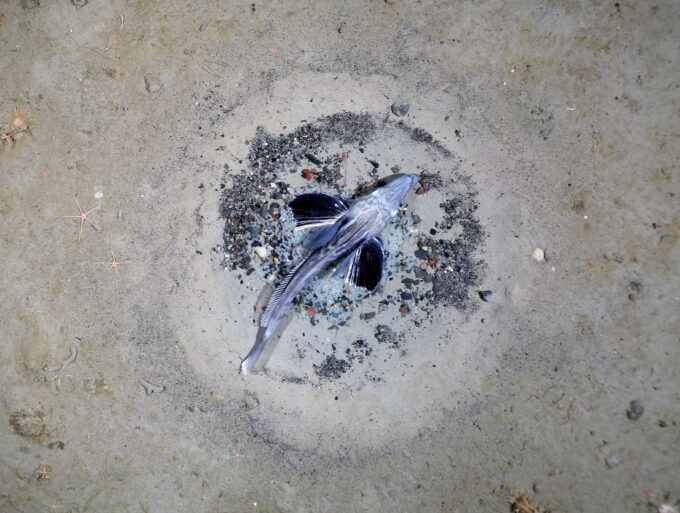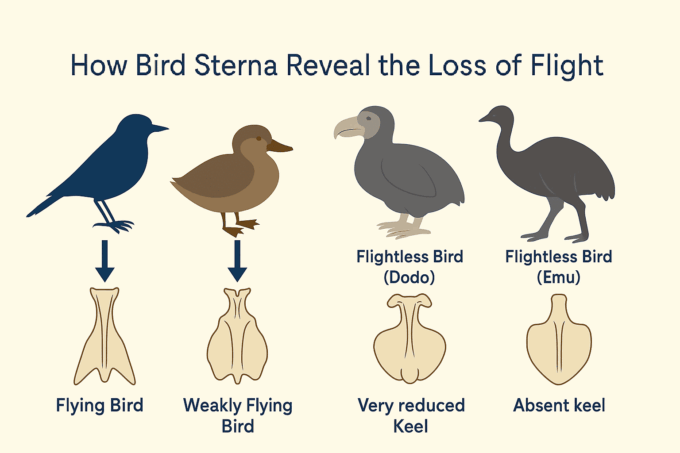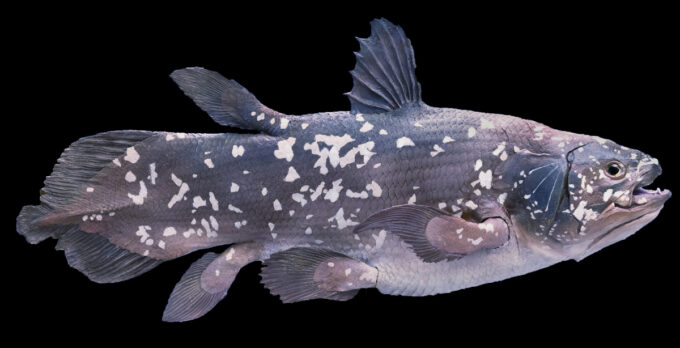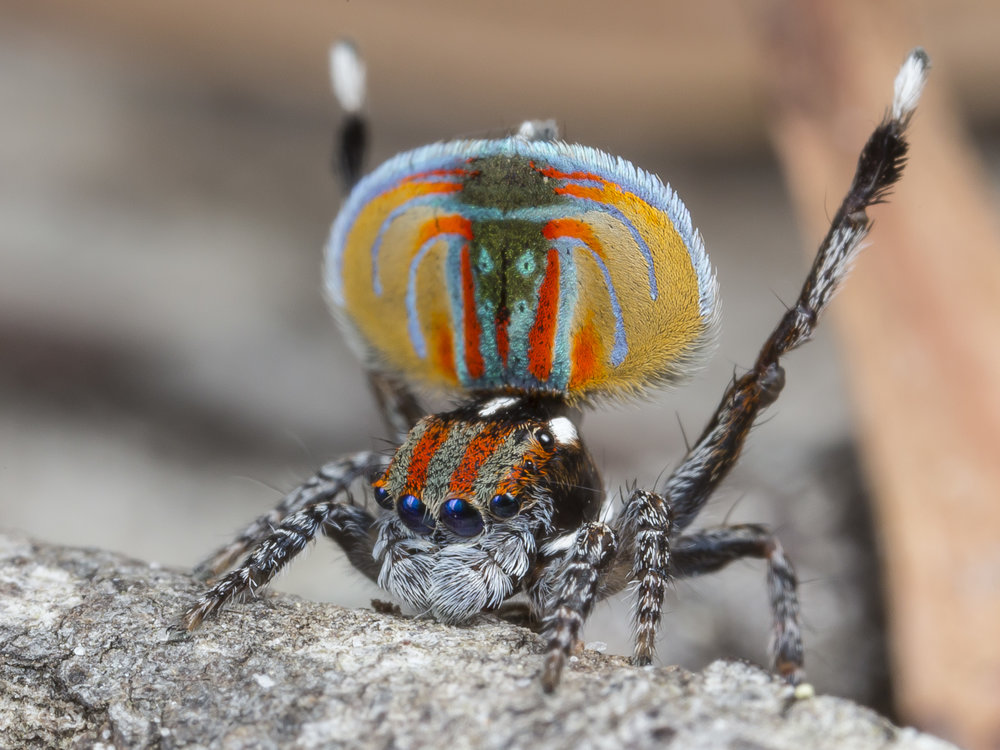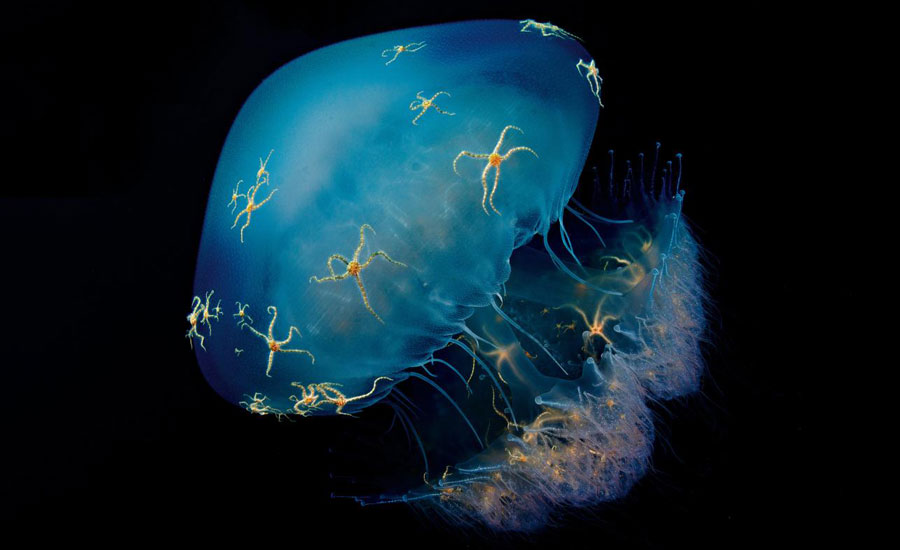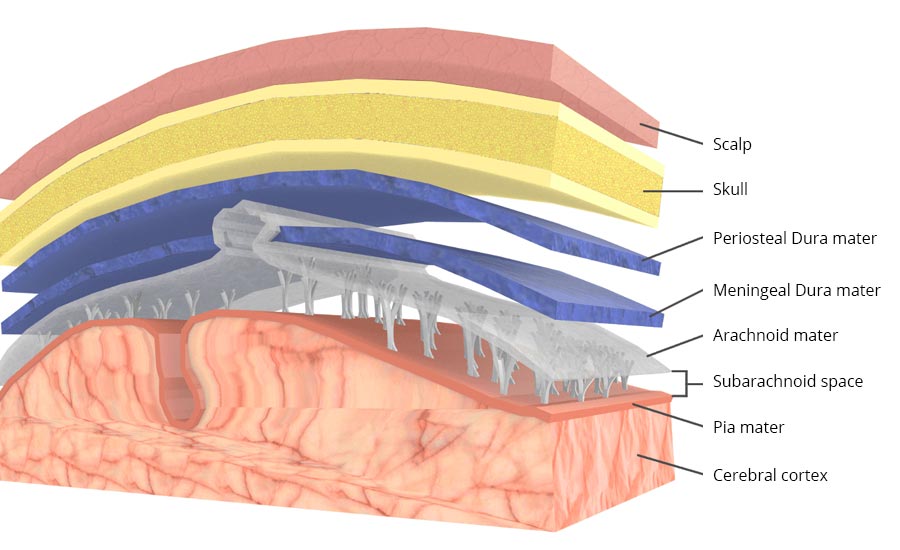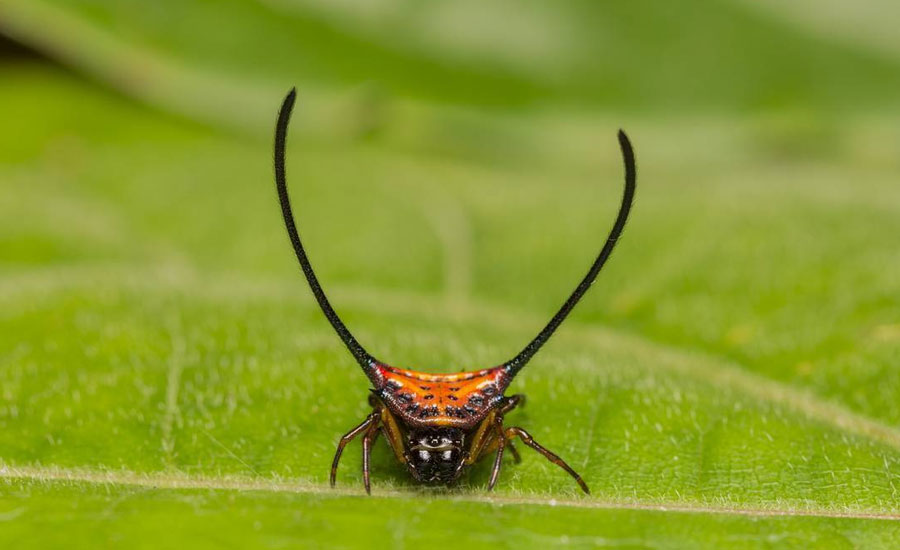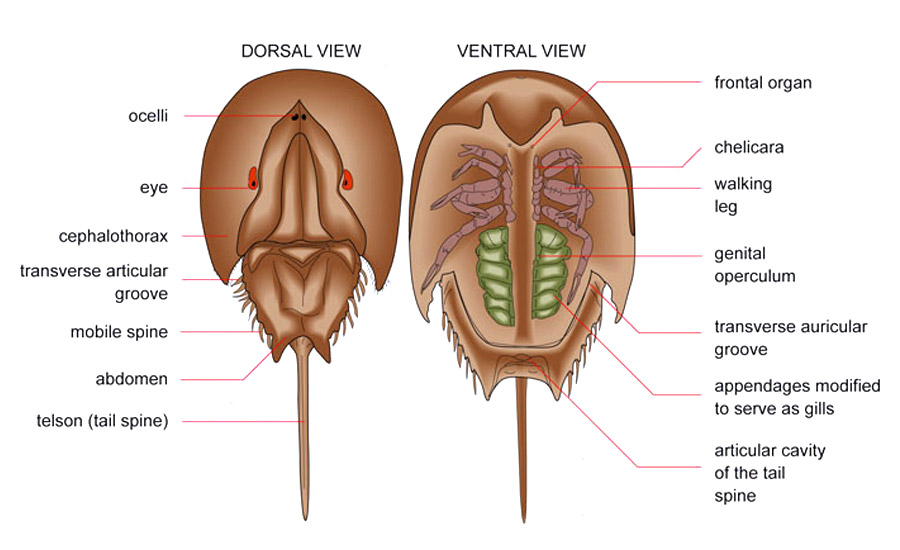A beautiful image showing the internal anatomy of a spider. A spider’s body is divided into two regions, Prosoma, anterior part and Ophisthosoma, the posterior part. Prosoma contains head, antenna and the legs. Everything else is self explanatory.
Simple eye: non-complex sight organ of a spider.
Poison gland: venom-producing glandular organ of a spider.
Brain: seat of the mental capacities of a spider.
Sucking stomach: sucking part of the digestive tract.
Digestive gland: glandular organ that produces digestive enzymes.
Anterior aorta: first part of the blood vessel that carries the blood from the heart to the organs.
Intestine: last part of the digestive tract.
Heart: blood-pumping organ.
Ovary: egg-producing reproductive organ.
Silk glands: silk-producing glandular organ.
Anus: exit of the digestive tract.
Spinneret: opening through which the spider emits its silk.
Oviduct: passage that carries the eggs.
Seminal receptacle: part of the spider that receives semen.
Lung: respiratory organ of a spider.
Esophagus: first part of the digestive tract.
Poison fang: hard structure with which the spider injects venom.
Poison canal: passage that carries venom.
Chelicera: pair of venomous hooks on the spider’s head.


